Operation Market Garden: The Airborne Museum ‘Hartenstein’

For visitors exploring the battlefields related to Operation Market Garden, the Airborne Museum ‘Hartenstein’ in Oosterbeek serves as a rallying point and provides a focus for much of the activity surrounding the annual anniversary commemorations of the battle for Arnhem. The museum is housed in what was formally the Hotel Hartenstein, which served as the Headquarters for Major General Roy Urquhart, commander of the 1st Airborne Division during this famous battle in September 1944.


Operation Market Garden was launched in an attempt to capture a number of bridgeheads that would allow the Allies to bypass the Siegfried line and cross the Rhine, entering the German industrial base of the Ruhr pocket. Allied Airborne troops were dropped in the Netherlands to secure key towns and bridges along the axis of advance. The British 1st Airborne Division was tasked with seizing the most distant bridges at Arnhem and hold them for two to three days whilst awaiting the arrival of the British XXX Corps who were advancing up the corridor created by the Airborne operation.
Although Initially taken surprise by the landing of the 1st Airborne Division at Wolfheze and north of Heelsum the German forces quickly moved to regain the initiative. Allied intelligence had not accounted for the presence of the 9th SS Panzer Division in the area around Arnhem. This combined with poor communications and the distance of the landing zones from their objectives undermined British attempts to seize the bridges. Only the 2nd Battalion Parachute Regiment under the command of Lt-Col John Frost managed to reach the northern side of Arnhem bridge, which they held for four days.
The bulk of the British forces became trapped in Oosterbeek, fighting a brutal defensive action until the 25th of September when their situation became untenable and a retreat, code-named Operation Berlin began in an attempt to evacuate the remaining airborne troops to the South side of the Rhine. British engineers assisted in evacuating 2200 men across the river but on the morning of the 26th September, the operation was halted leaving 300 troops behind. In the nine days of Market Garden, combined Allied losses amounted to more than 17.000. The British 1st Airborne Division was almost completely destroyed and of the 10,000 men committed to the operation, casualties numbered 7,578 dead, wounded or missing.

The Museum at Hartenstein
Hartenstein, which was built as a villa in 1865 before becoming a hotel in 1942 was commandeered as the 1st Airborne Division’s headquarters during Operation Market Garden and badly damaged during the fighting. It was subsequently restored and once again used as a hotel before being purchased as the site for the Airborne Museum ‘Hartenstein’ which was officially opened by Major General Roy Urquhart in 1978.
In 2008 it was temporarily closed for an extensive renovation and expansion program which included a basement displaying the ‘Airborne Experience’, a series of dioramas which takes the visitor through the battle from the perspective of a British soldier. After being briefed on the mission you enter an Airspeed AS.51 Horsa Glider replica being battered by flak before exiting into the dimly lit streets of Arnhem as the battle rages around you. You then wander through a juxtaposition of life-size dioramas combined with period visual footage and an audio soundscape, approaching Arnhem bridge before retreating back to the perimeter around the Hotel Hartenstein and finally the Rhine River.

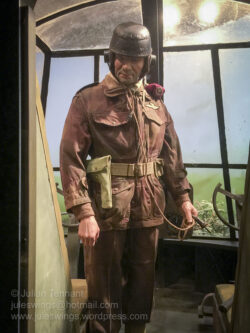
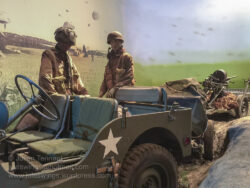
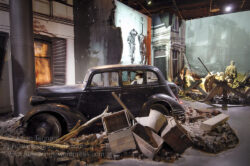
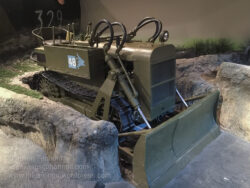
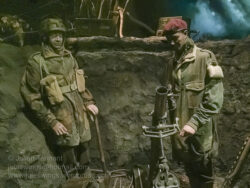

In addition to the ‘Airborne Experience’, the museum also features dioramas representing how the Hotel Hartenstein was used during the operation. One shows the medical post that was situated in the basement and the other shows the headquarters of Roy Urquhart. It also features several other exhibits and displays reflecting the experience of the battle from Dutch and German perspectives as well as a large collection of medals that have been donated to the museum by deceased veterans. The current displays reflect the current trend in exhibition design and many of the items that I saw at the museum during my first visit in 1991 are unfortunately no longer on display. This includes some of the uniforms and insignia that I was particularly interested in examining once again. In this respect, the Airborne Museum ‘Hartenstein’ is quite different to the Arnhem Oorlogsmuseum 40-45, which maintains an old-style approach to exhibit presentation and should also definitely be on your itinerary. In addition to the permanent collection, the museum also exhibits temporary displays related to the conflict and the grounds surrounding the building feature artillery pieces, a Sherman tank and memorials commemorating the battle.




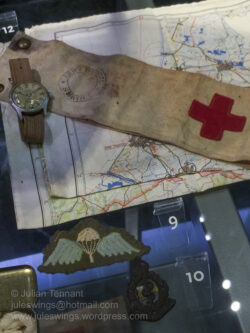
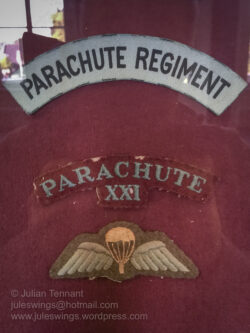

Airborne at the Bridge Annex
The Airborne Museum also has an annex, Airborne at the Bridge, on the banks of the Rhine, opposite the John Frost Bridge. This annex tells the story of the battle fought by John Frost’s 2nd Parachute Battalion at the bridge from three perspectives, British Lieutenant John Grayburn, German Hauptsturmführer Viktor Eberhard Gräbner and Dutch Captain Jacob Groenewoud. Unlike the Airborne Museum ‘Hartenstein‘, entry to Airborne at the Bridge is free and if you don’t have a MuseumKaart (see below), you can buy a discounted ticket to the Airborne Museum ‘Hartenstein‘ when visiting.

Visitor Information
Airborne Museum ‘Hartenstein’ Utrechtseweg 232
6862 AZ Oosterbeek
T: 026 333 77 10
E: info@airbornemuseum.nl
Website: https://www.airbornemuseum.nl/
Opening hours
Open daily from 10:00 – 17:00
Closed on Christmas Day and New Year’s Day.
Airborne at the Bridge Rijnkade 150
6811 HD Arnhem
T: 026 333 77 10
E: info@airbornemuseum.nl
Website https://www.airbornemuseum.nl/en/airborne-at-the-bridge
Opening hours
Open daily from 10:00 – 17:00
Closed on Christmas Day and New Year’s Day.

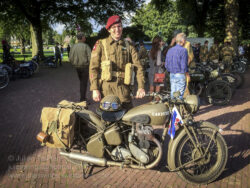


The MuseumKaart entry option
The MuseumKaart is a Dutch annual pass scheme which gives the holder unlimited free entry into over 400 museums in the Netherlands. It costs €54.95 (excluding €4.95 administration fee) for adults and €32.45 for teenagers up to 18 years of age.
Previously buying a MuseumKaart was a great deal as it included a number of military-interest museums around the Netherlands, including the Airborne Museum, National Military Museum at Soesterberg, Oorlogsmuseum Overloon, Verzetsmuseum (Dutch Resistance Museum), Rijksmuseum, Scheepvaartmuseum (Maritime Museum), National Holocaust Museum and Anne Frank House in Amsterdam to name a handful. If you were travelling around the Netherlands and dropping into the museums it was a ‘must have’ but unfortunately since 2018 the full unlimited year-long entry is now limited to Dutch residents and (for the same price) tourists receive a card that expires after only 5 museum visits or 31 days. However it can still be a worthwhile savings option depending on your plans.
The MuseumKaart website is in Dutch language only and online purchase is only to Dutch residents. However, you can buy the temporary (tijdelijk) MuseumKaart over-the-counter at some of the museums, including at the Airborne Museum Hartenstein.
Recommended Text
If you are looking for a great guide to refer to when visiting Arnhem and the battlefields associated with Operation Market Garden, I recommend you get a copy of Major & Mrs Holt’s Battlefield Guide to Operation Market- Garden. Third Edition (published 2013) which is available as a hard copy book or e-book (Kindle or ePub) and also their map, Major & Mrs. Holt’s Battle Map of Market-Garden. I found these to be extremely useful, providing pieces of information about aspects of the battle that I was unaware of, allowing me to plan and make the most of my time spent in the area. Highly recommended.

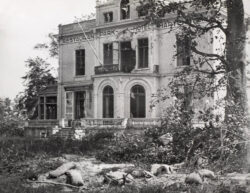

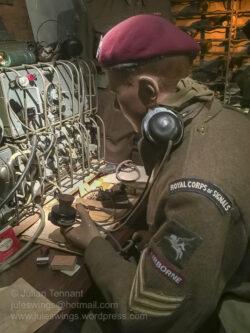
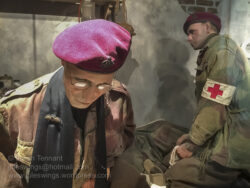
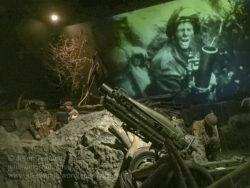
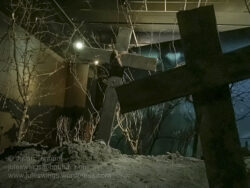
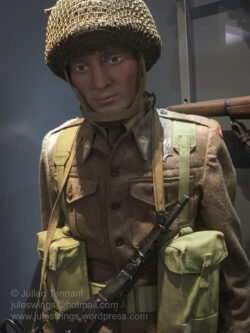
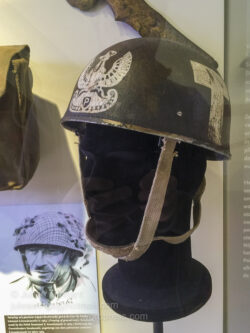
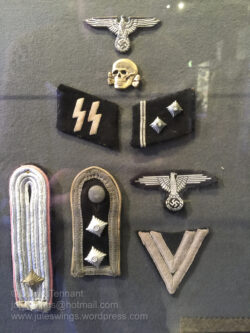
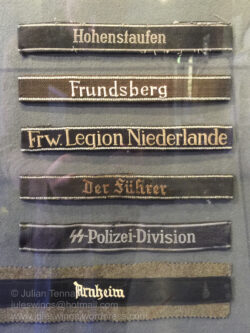
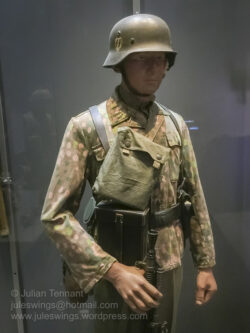
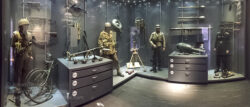
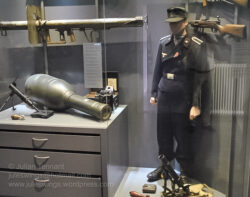
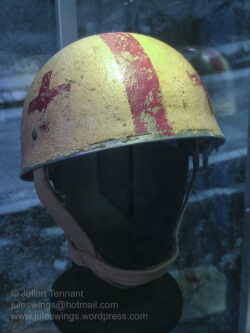
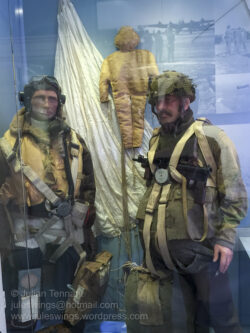
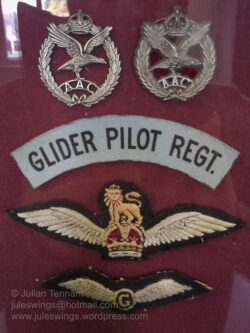


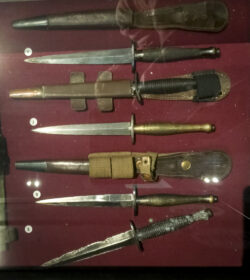
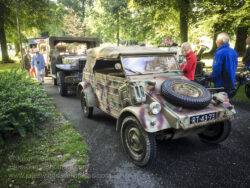

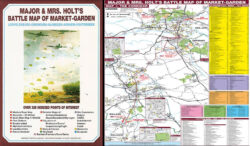
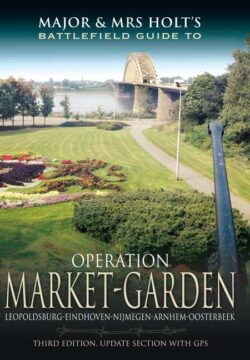
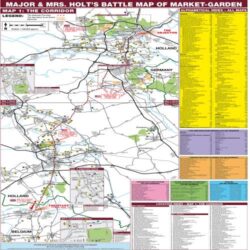








2 Comments
Comments are closed.